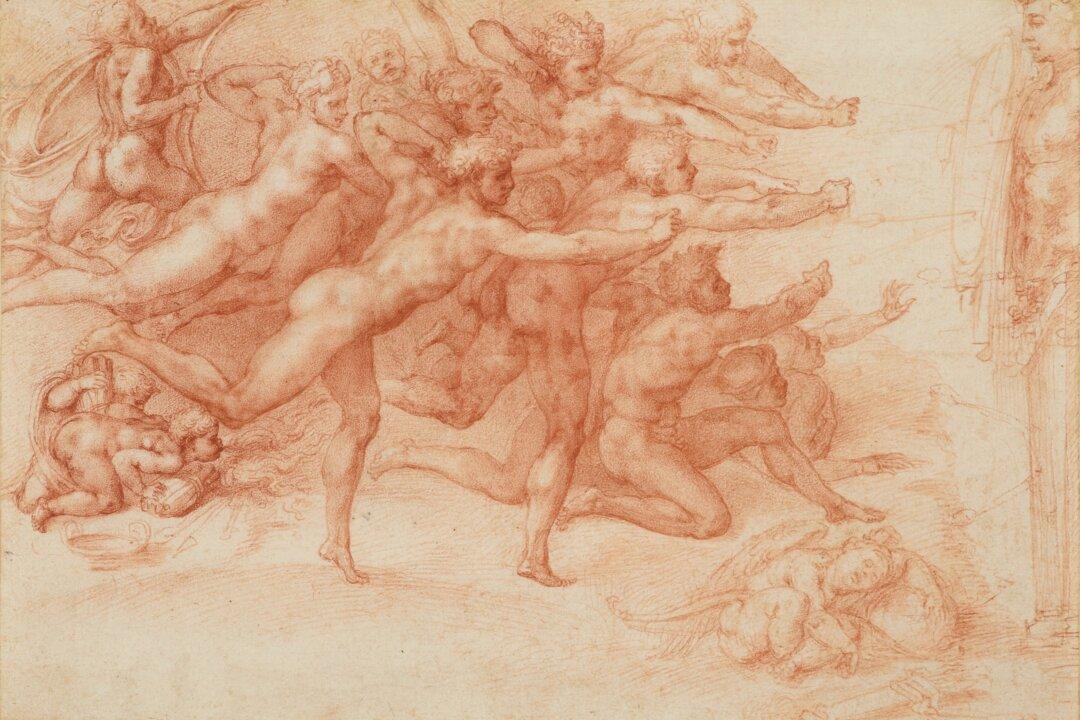NEW YORK—Michelangelo consigned most of his drawings to the fire. Those were his rough sketches, his fleeting thoughts, perhaps. The few drawings that survived, his contemporaries described as “echoes of the divine.” These were highly prized, even during his lifetime, as they revealed the creative process of “Il Divino” (the Divine One). The Renaissance master, who uplifted the role of the artist, curated his legacy carefully—a legacy that continues to unfold.
Michelangelo was publicly praised as “the Divine One” as early as the age of 31 in an epic poem, and then throughout his lifetime. The accolade remains as true as ever, reaffirmed today with the title of The Metropolitan Museum of Art’s unprecedented exhibition “Michelangelo: Divine Draftsman and Designer.”






